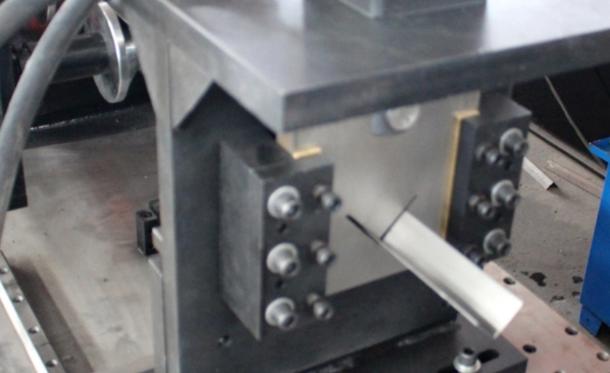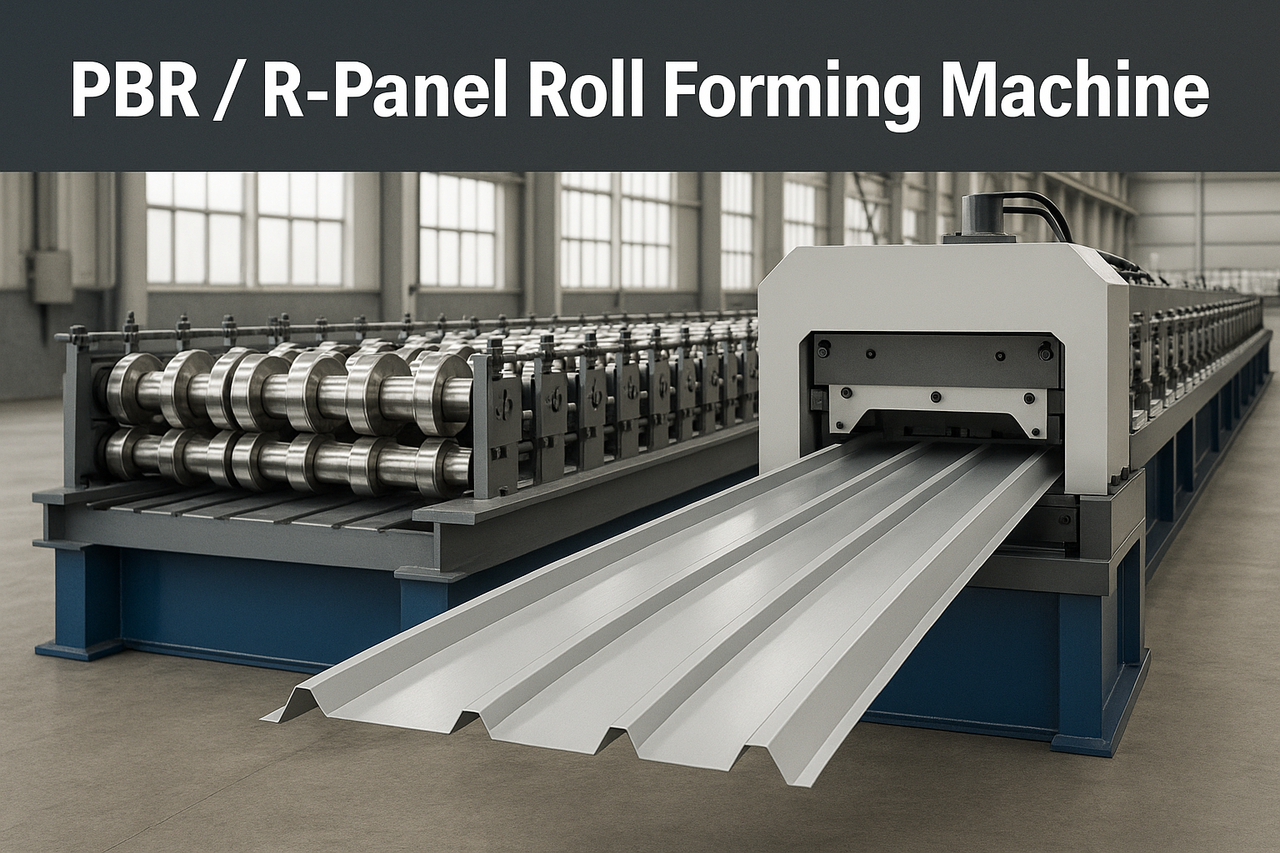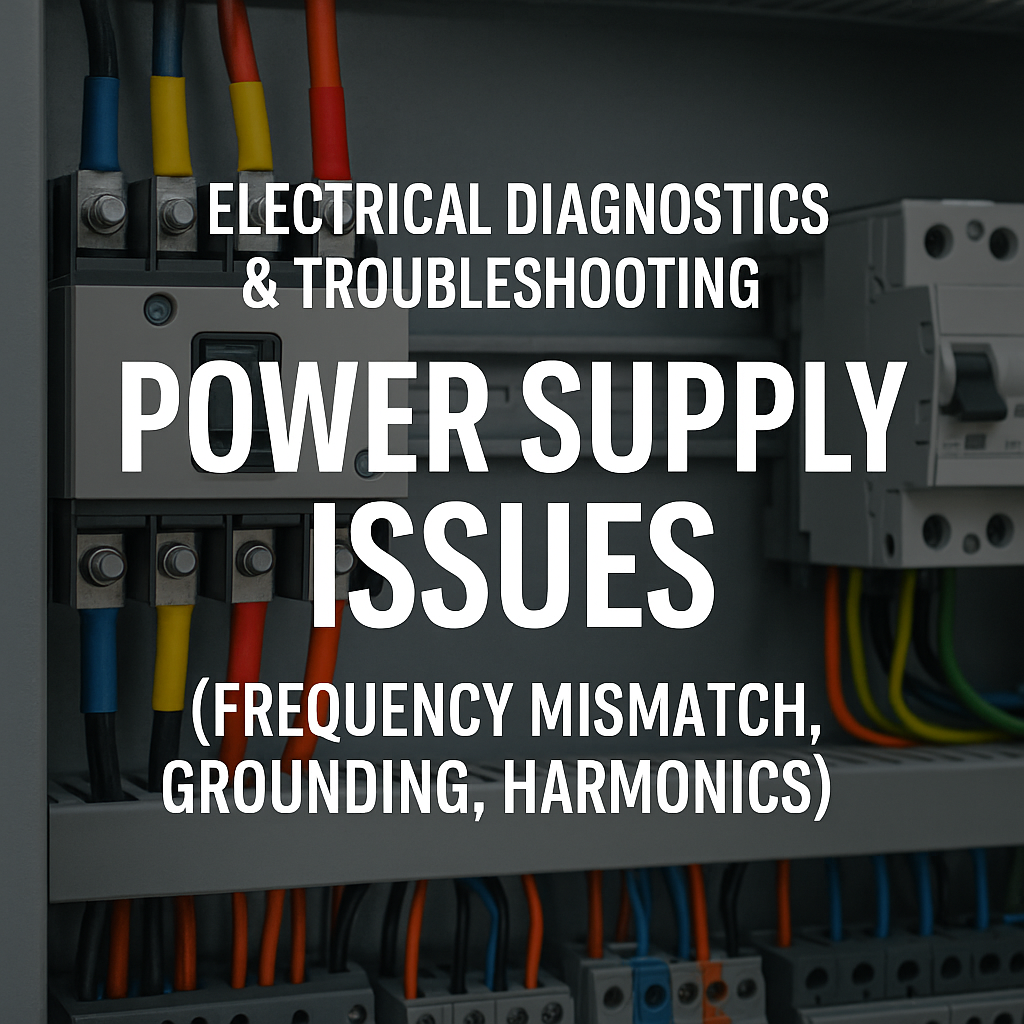
Posted on Wednesday, October 9, 2024
The best type of drip edge depends on several factors, including the climate, roofing materials, and the specific needs of the project.
For most residential and commercial projects, aluminum is the best all-around drip edge material due to its balance of durability, corrosion resistance, and cost-effectiveness. Galvanized steel is excellent for extreme climates, while copper is ideal for premium, aesthetic installations. The choice will depend on budget, climate, and the architectural style of the project.

32/1000 Box Profile Roll Forming Machine – Complete Guide & Specifications
Posted on Sunday, November 16, 2025
High-performance 32/1000 box profile roll forming machine for roofing and cladding. Full specifications, profiles, applications, pricing

PBR / R-Panel Roll Forming Machine – Complete Guide & Specifications
Posted on Sunday, November 16, 2025
PBR / R-Panel roll forming machine for roofing and wall cladding. Full specs, profiles, applications, pricing, and global buying guide. Built to order.

Posted on Sunday, November 16, 2025
How to Diagnose and Fix the Hidden Electrical Problems That Cause Downtime
Copyright 2025 © Machine Matcher.